I had to try a few things and do some workarround to get something very close to want you are looking for (given that I understood the problem correctly):
library(dplyr)
library(ggplot2)
library(tidyr)
df<-data.frame(
speed=c(2,3,3,2,2),
race=c(5,5,4,5,5),
cake=c(5,5,5,4,4),
lama=c(2,1,1,1,2))
# get the data in right shape for ggplot2
dfp <- df %>%
# a column that identifies the rows uniquely is needed ("name of data row")
dplyr::mutate(ID = as.factor(dplyr::row_number())) %>%
# the data has to shaped into "tidy" format (similar to excel pivot)
tidyr::pivot_longer(-ID) %>%
# order by name and ID
dplyr::arrange(name, ID) %>%
# group by name
dplyr::group_by(name) %>%
# calculate percentage and cumsum to be able to calculate label position (p2)
dplyr::mutate(p = value/sum(value),
c= cumsum(p),
p2 = c - p/2,
# the groups or x-axis values have to be recoded to numeric type
name = recode(name, "cake" = 1, "lama" = 2, "race" = 3, "speed" = 4))
# calculate the mean value per group (or label) as you want them in the plot
sec_labels <- dfp %>%
dplyr::summarise(m = mean(value)) %>%
pull(m)
dfp %>%
# building base plot, telling to fill by the new name variable
ggplot2::ggplot(aes(x = name, y = value, fill = ID)) +
# make it a stacked bar chart by percentiles
ggplot2::geom_bar(stat = "identity", position = "fill") +
# recode the x axis labels and add a secondary x axis with the labels
ggplot2::scale_x_continuous(breaks = 1:4,
labels = c("cake", "lama","race", "speed"),
sec.axis = sec_axis(~.,
breaks = 1:4,
labels = sec_labels)) +
# flip the chart by to the side
ggplot2::coord_flip() +
# scale the y axis (now after flipping x axis) to percent
ggplot2::scale_y_continuous(labels=scales::percent) +
# add a layer with labels acording to p2
ggplot2::geom_text(aes(label = value,
y=p2)) +
# put a name to the plot
ggplot2::ggtitle("meaningfull plot name") +
# put the labels on top
ggplot2::theme(legend.position = "top")


